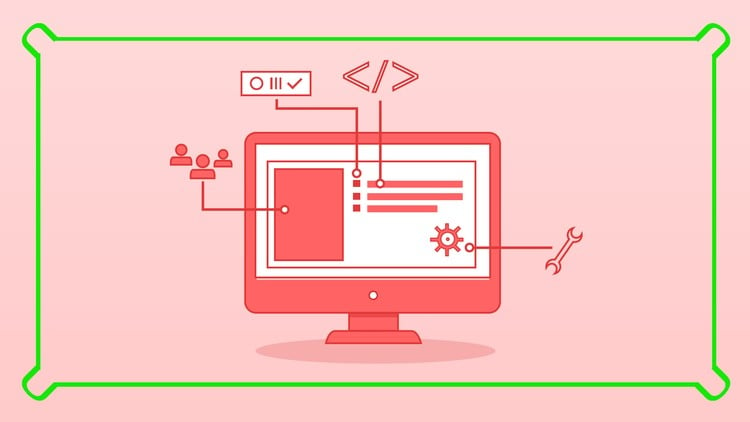
If you are looking for a NodeJS course in order to advance your skills, then look no further. You are going to love this course!
Do not get discouraged if you have no previous knowledge or experience with programming in NodeJS. This course starts off with the mere basics in the beginning. Even if you do have some previous knowledge, there is always room for improvement. Each section of the course is related to the previous one in terms of utilizing what was already learned. All the covered subjects come with loads of examples to aid students in the
process of learning and improving their skills. This course should be considered useful and interesting for both beginners and advanced students alike. The explanations are completely straightforward and simple, making the topic easy to understand and even easier to pick up on.
Furthermore, what is also a great advantage to this course is that you get to view all the questions that other students such as yourself have already had and their respective answers/solutions. You also have the liberty of posting your own questions and inquiries and having them answered by our very own IT professionals.
I thank you for taking the time to read through this description and hope that you decide to continue learning with me!
To conclude the chapter, creating a basic server to display some text upon accessing it in a web browser.
This video demonstrates and discusses the use of Asynchronous JS - callback functions.
This video presents, explains and discusses the paradigm of event-driven programming and how it is used in NodeJS.
This video demonstrates the implementation of event-driven programming in Node.
This video is a continuation of the previous.
This video demonstrates other ways buffers can be used in Node such as copying.
This video is a continuation of the previous.
This video sets out to teach and demonstrates how streams are used for reading and writing data.
This sections aims to teach you the more advanced concepts of piping and chaining, or connecting streams together.
This video demonstrates the basic functions of manipulating files: reading, writing and closing.
This video is a continuation of the previous.
This section focuses on deleting files and cutting data from files.
This video is a continuation of the previous, which focuses on appending data to files.
This video demonstrates various functions and properties available to us from anywhere in our app - the global scope.
This video provides some background information and context on how web servers work
This video demonstrates and discusses how you can make an http server in Node.
This video demonstrates how you can create a client (in code) to act like a browser accessing your http server.
This video demonstrates how we can create a TCP client to send messages back and forth to and from the server. where the concept of sockets are applied.
This video demonstrates the use of functions available in Node from the DNS module while also teaching you about concepts in networks such as IP addresses and DNS lookups
This video is a continuation of the previous.
This video walks you through the various functions you can use to find system specs in Node
This video demonstrates creating a small app that logs system specs at a certain date, using the functions from the OS module
This video walks through some simple measures to handle errors and it also presents the kinds of errors there are in Node.
This video is a continuation of the previous.
This video is a continuation of the previous chapter, where a more extensive example is demonstrated.
This video demonstrates how you can split the Node processes into multiple processes in order to prevent errors from crashing the app. It also explains the concepts of Master and Workers in Node
This video is a continuation of the previous.
This video demonstrates the use of the Node debugger, explains some of its inner workings and the practice of debugging in general
This section covers how to manage multiple process that will run separate files in one app.
This section covers how you can import external js files to your app's entry point by requiring them as modules.
This video discusses and demonstrates how you can package your files into and run them as one file using the program JXCore
This video is a continuation of the previous.
This video covers how you can server web pages that use css and js, and how to get a static website up and running with Express
This video walks you through an example of using a static web page to submit form data that is to be processed